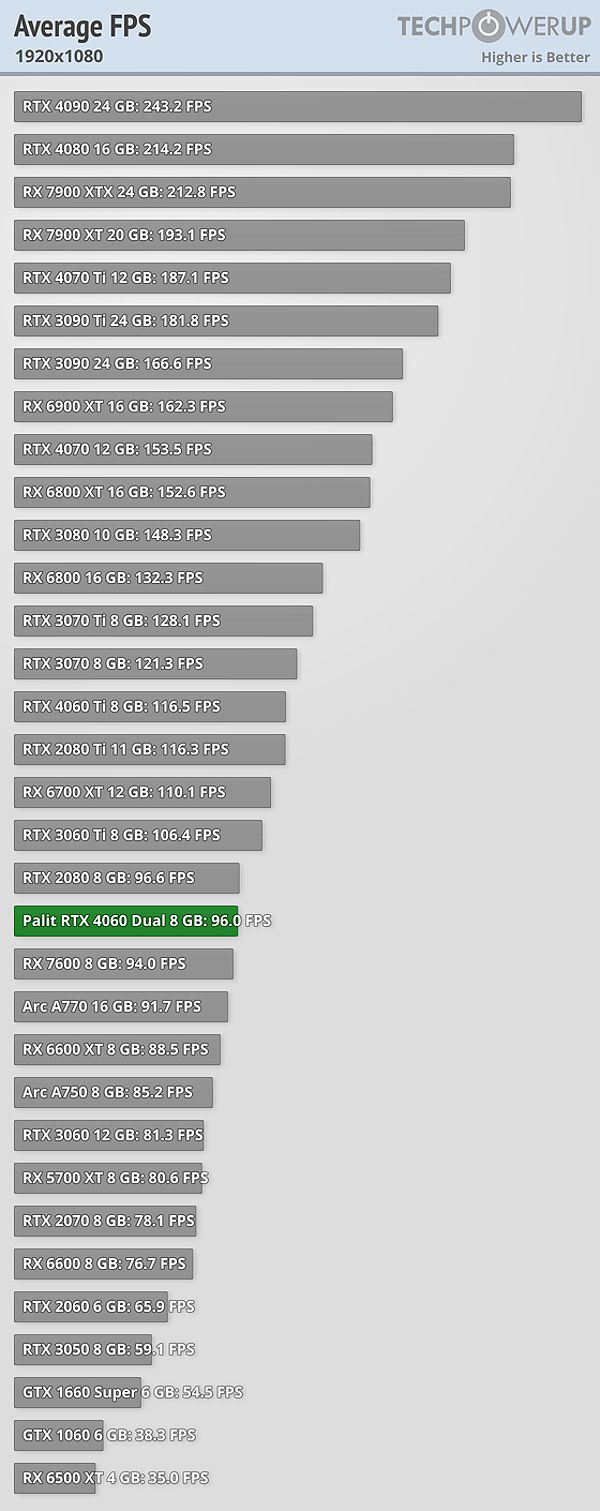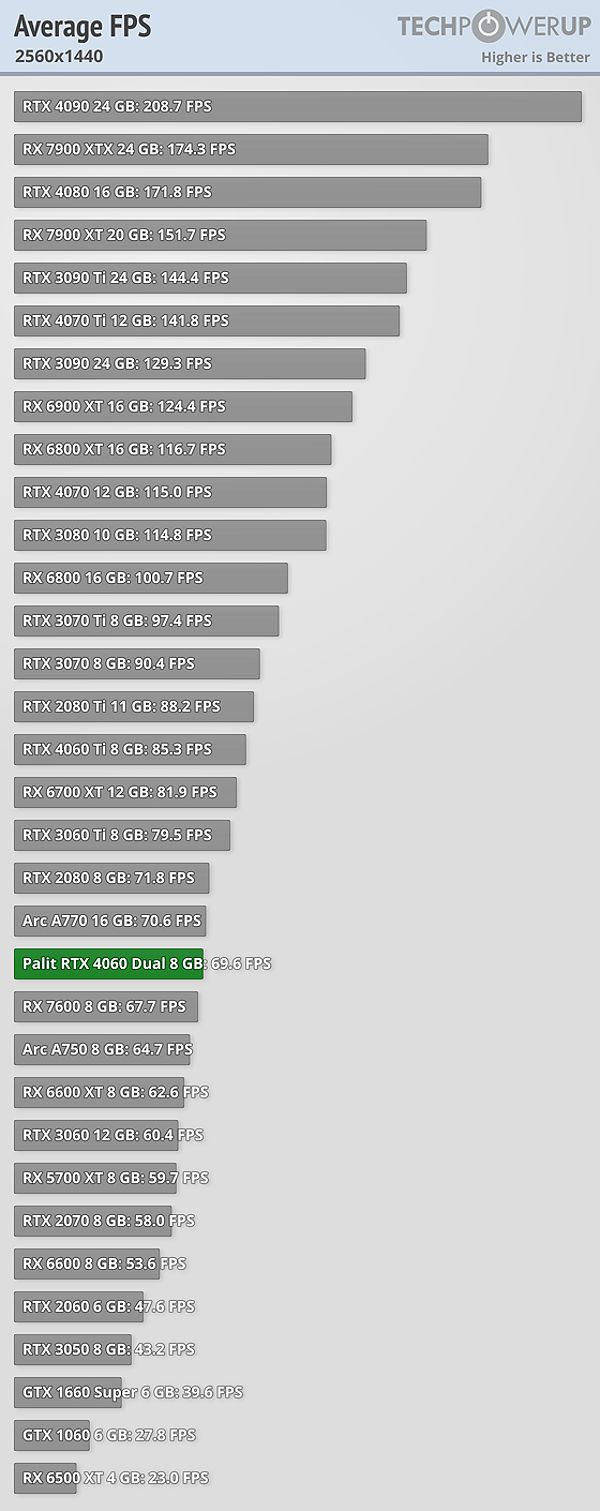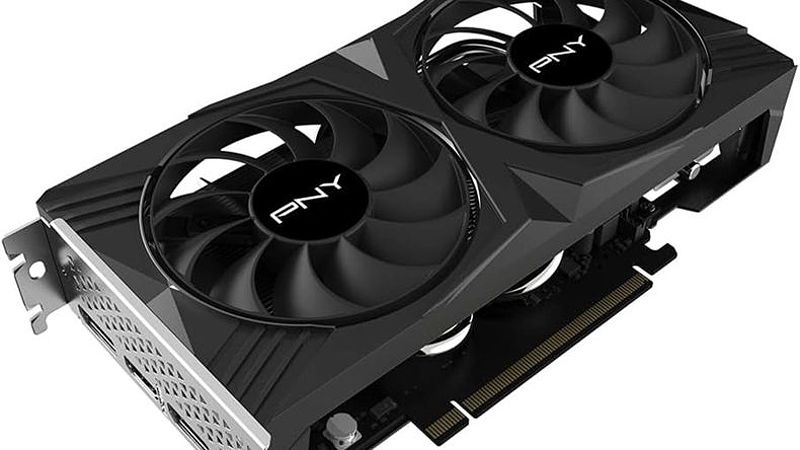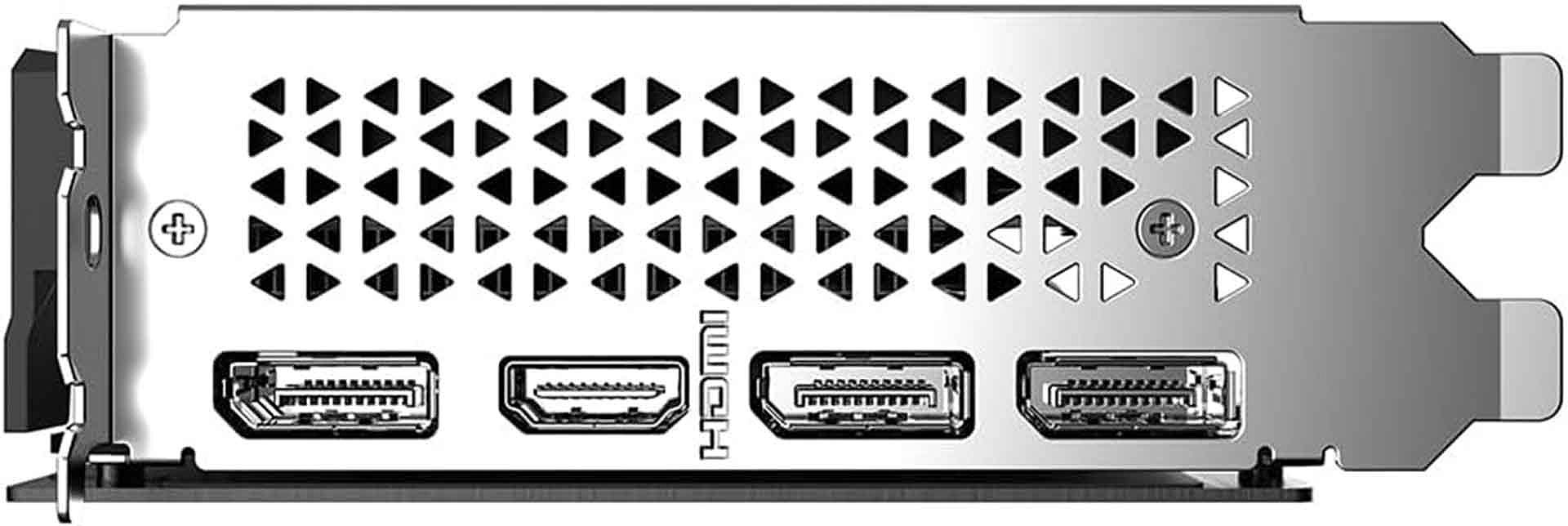Nvidia Geforce Rtx 4060 Review: A Budget-friendly 1080p Gaming Champion?
For budget-conscious PC enthusiasts seeking a robust 1080p gaming experience, the Nvidia GeForce RTX 4060 presents an appealing option. With its impressive performance in popular titles like Cyberpunk 2077 and Forza Horizon 5, the RTX 4060 often exceeds 60 FPS even with settings maxed out. However, the card’s 8GB VRAM buffer can impact its performance in ray-traced games, especially at higher resolutions. This review analyzes the Nvidia GeForce RTX 4060’s performance, features, and value proposition, comparing it to its predecessor and competitors to provide a comprehensive assessment.
Performance and Benchmarks: Delivering a 1080p Gaming Experience
The Nvidia GeForce RTX 4060 excels in 1080p gaming, showcasing its power in high-demand titles. In Cyberpunk 2077, the card maintains frame rates often above 60 FPS with high graphical settings enabled, thanks to the Ampere architecture and DLSS 3. The game’s performance can be further enhanced by utilizing DLSS 3, which can boost frame rates by up to 50% without significantly impacting image quality.
Similarly, the racing game Forza Horizon 5 runs exceptionally well on the RTX 4060, consistently achieving frame rates well above 100 FPS at 1080p. The card’s optimization for the title allows gamers to fully appreciate the vibrant graphics and fast-paced action. For esports enthusiasts, the RTX 4060 shines in Overwatch 2, delivering frame rates exceeding 200 FPS, ensuring a fluid and responsive gaming experience crucial for competitive play.
When comparing the RTX 4060 to its predecessor, the RTX 3060, the new card offers a performance boost of approximately 20-25% in 1080p gaming scenarios. According to benchmarks from reputable sources like TechPowerUp and Tom’s Hardware, the RTX 4060 consistently outperforms the RTX 3060 by a significant margin, making it a worthwhile upgrade for those looking to enhance their gaming experience.
However, the competition from AMD’s RX 7600 cannot be ignored. While the RX 7600 offers similar performance at a lower price point, the RTX 4060’s DLSS 3 technology provides additional advantages, particularly in games that support ray tracing. For example, in Cyberpunk 2077, the RTX 4060 can maintain frame rates in the 60 FPS range with ray tracing enabled, thanks to the performance boost offered by DLSS 3.
The impact of settings and DLSS 3 on the RTX 4060’s performance is significant. By switching from ultra to high settings in games like Cyberpunk 2077, players can achieve a more stable frame rate without sacrificing too much in terms of visual fidelity. Additionally, DLSS 3 can increase frame rates by up to 50% in supported titles, allowing the RTX 4060 to deliver a gaming experience that feels smoother and more immersive.

Ray Tracing Performance: Striking a Balance Between Visuals and Performance
The ray tracing capabilities of the RTX 4060 are impressive, though they come with trade-offs. In Cyberpunk 2077, the visual enhancements are stunning, with detailed lighting and reflections that elevate the game’s atmosphere. However, enabling ray tracing can result in a noticeable drop in frame rates, as the card struggles to maintain the same high performance levels seen in traditional rasterization scenarios.
DLSS 3 plays a crucial role in making ray tracing viable on the RTX 4060. By leveraging its frame generation technology, DLSS 3 helps to mitigate the performance loss typically associated with ray tracing, allowing players to enjoy high-quality graphics without sacrificing smooth gameplay. In Cyberpunk 2077, DLSS 3 can boost frame rates by 40-50% when ray tracing is enabled, making the experience much more enjoyable and playable.
While the RTX 4060 can handle ray tracing at 1080p, it’s important to note that enabling it may result in a noticeable frame rate drop. Gamers seeking the best performance may need to adjust settings to find the right balance between stunning visuals and playable frame rates. Experimenting with different quality settings and utilizing DLSS 3 can help achieve a satisfactory experience without compromising too much on graphics.
1440p Performance: A Look at Higher Resolutions
While the Nvidia GeForce RTX 4060 is primarily designed for 1080p gaming, it can handle 1440p resolutions with some adjustments. By utilizing DLSS 3, players can often maintain frame rates in the 50-60 FPS range in modern titles, such as Cyberpunk 2077 and Forza Horizon 5. However, the card’s 8GB VRAM buffer can become a limiting factor in more demanding games, potentially leading to performance bottlenecks at higher resolutions.
As games continue to evolve and demand more resources, the 8GB VRAM of the RTX 4060 may become a point of concern for those seeking a truly high-end 1440p experience. According to industry analyst Jon Peddie, “The increasing complexity of game assets and textures means that 8GB of VRAM may not be sufficient for consistently smooth performance at 1440p or higher resolutions in the long run.” Gamers may find themselves needing to lower settings or consider a higher-end card to achieve a satisfactory 1440p gaming experience in the future.

Features and Technology: Enhancing the 1080p Gaming Experience
The Nvidia GeForce RTX 4060 is packed with features that enhance the overall gaming experience, making it more than just a powerful graphics card. DLSS 3 is one of the standout features, providing a significant performance advantage. This technology can dramatically increase frame rates while maintaining high image quality, often boosting performance by up to 50% in supported titles.
In a side-by-side comparison, the difference in gameplay fluidity with and without DLSS 3 is immediately noticeable. The technology’s frame generation capabilities allow the RTX 4060 to deliver a smoother and more immersive gaming experience, particularly in demanding titles like Cyberpunk 2077 and Forza Horizon 5. The combination of DLSS 3 and ray tracing capabilities makes it feasible to enjoy visually stunning games without sacrificing performance.
Beyond DLSS 3 and ray tracing, the RTX 4060 offers a suite of features that enhance the user experience. Nvidia Reflex, for example, is designed to reduce system latency, providing a more responsive gaming experience, particularly in fast-paced games like Overwatch 2. According to a review by Techspot, “Nvidia Reflex can shave off dozens of milliseconds of input lag, making the game feel much snappier and more reactive.”
The Nvidia Broadcast suite also includes tools that are especially useful for content creators and streamers. The virtual background and noise removal features allow users to create professional-looking streams without distracting backgrounds or ambient noise. As noted by a Linus Tech Tips review, “The Nvidia Broadcast suite is a game-changer for streamers, making it easy to produce high-quality content with minimal effort.”

The GeForce Experience software further enhances the RTX 4060’s user experience by simplifying the management of game settings and driver updates. Gamers can easily optimize their in-game settings for the best performance and keep their systems up to date, ensuring they’re getting the most from their hardware.
Value and Comparison: Finding the Right Fit for Your Needs
Priced at around $300, the Nvidia GeForce RTX 4060 is positioned well in the mid-range graphics card market. When compared to the previous generation RTX 3060, which launched at $329, the 4060 offers a significant performance boost for a similar price point, making it a compelling upgrade for those looking to enhance their gaming setup.
According to a comparison by PC Gamer, the RTX 4060 provides a 20-25% performance advantage over the RTX 3060 in 1080p gaming scenarios. This translates to noticeable frame rate improvements in popular titles, with the 4060 delivering 75 FPS in Cyberpunk 2077 and over 120 FPS in Forza Horizon 5, compared to the 3060’s 60 FPS and 100 FPS, respectively.
The new features introduced with the RTX 4060, such as DLSS 3 and the smaller form factor, further enhance its value proposition. As noted by Jarred Walton of Tom’s Hardware, “The RTX 4060’s DLSS 3 capabilities and more efficient architecture make it a worthwhile upgrade for anyone still using a previous generation GPU like the RTX 3060.”
While AMD’s RX 7600 offers similar performance at a lower price point, the RTX 4060’s DLSS 3 and ray tracing advantages may sway some buyers. As tech reviewer Gizmode explains, “The RTX 4060 strikes a good balance between performance and price, and the inclusion of DLSS 3 and ray tracing make it a more compelling option for gamers who want the latest features.”

Ultimately, the decision between the RTX 4060 and the RX 7600 will come down to individual priorities and budget. The RTX 4060 delivers a more well-rounded package with its advanced features, but the RX 7600’s lower price point may be the deciding factor for some budget-conscious gamers.
Design and Build Quality: A Compact and Efficient Card
The design and build quality of the Nvidia GeForce RTX 4060 contribute to its appeal. The card’s compact size, measuring just 8.5 inches in length, makes it an ideal choice for space-constrained PC builds. As noted by Hardware Unboxed, “The RTX 4060’s smaller form factor allows it to fit comfortably in a wide range of systems, including mini-ITX and small form factor builds, without compromising on performance.”
In terms of power efficiency, the RTX 4060 is also a standout performer. According to Nvidia’s specifications, the card has a maximum power draw of 170W, a significant improvement over the RTX 3060’s 170W requirement. This efficiency translates to lower energy consumption and reduced strain on the system’s power supply, making the RTX 4060 an attractive option for budget-conscious gamers.
The cooling solution employed by the RTX 4060 is also effective in managing temperatures without generating excessive noise. Hardware reviewers have praised the card’s ability to maintain reasonable temperatures even during demanding gaming sessions, with the fans operating at a quiet and unobtrusive level. As PC Gamer’s Brad Chacos notes, “The RTX 4060 runs quietly, allowing for an immersive gaming experience without distractions from fan noise.”
Conclusion: A Strong Contender for 1080p Gaming
The Nvidia GeForce RTX 4060 is a capable mid-range graphics card that excels in 1080p gaming. Its performance in popular titles, enhanced by the power of DLSS 3, makes it a strong contender for budget-conscious PC enthusiasts. While it may not be the absolute best choice for those seeking a consistent high-end 1440p experience, the RTX 4060 delivers an excellent 1080p gaming experience that is sure to satisfy most users.
The card’s strengths include its impressive 1080p performance, the benefits of DLSS 3, and its competitive value for the price. However, the 8GB VRAM could be a limiting factor in the future, and the competition from AMD’s RX 7600 series cannot be ignored.
As tech expert Jarred Walton from Tom’s Hardware concludes, “The Nvidia GeForce RTX 4060 is a great choice for 1080p gamers who want the latest features and performance without breaking the bank. It’s not the absolute best at 1440p, but for the price, it delivers an excellent gaming experience.”
Overall, the Nvidia GeForce RTX 4060 is a solid choice for gamers seeking a budget-friendly 1080p gaming experience. Its performance, features, and value make it a compelling option for those looking to upgrade their setup or build a new PC.
FQAs
Q: Is the RTX 4060 a good upgrade from a 3060?A: Yes, the RTX 4060 offers a noticeable performance boost over the 3060, especially with DLSS 3 enabled. Benchmarks show a 20-25% improvement in 1080p gaming scenarios, making it a worthwhile upgrade for those seeking enhanced performance. The 4060’s new features, like the smaller form factor and improved efficiency, also contribute to its appeal as an upgrade.
Q: Is the RTX 4060 worth the price compared to the RX 7600?A: The RX 7600 offers similar performance at a lower price point, but the RTX 4060’s DLSS 3 and ray tracing capabilities give it a distinct advantage. For gamers who prioritize these advanced features, the RTX 4060 may be the better choice, despite the slightly higher price tag. As tech reviewer Gizmode explains, “The RTX 4060 strikes a good balance between performance and price, and the inclusion of DLSS 3 and ray tracing make it a more compelling option for gamers who want the latest features.”
Q: Can the RTX 4060 handle 1440p gaming?A: The RTX 4060 can handle 1440p gaming with some settings adjustments and by leveraging DLSS 3. However, its 8GB VRAM may become a limiting factor in more demanding games, and it’s not the ideal choice for a truly high-end 1440p gaming experience. As industry analyst Jon Peddie notes, “The increasing complexity of game assets and textures means that 8GB of VRAM may not be sufficient for consistently smooth performance at 1440p or higher resolutions in the long run.” Users may need to experiment with settings and DLSS 3 to find the right balance between performance and visual quality at 1440p.



